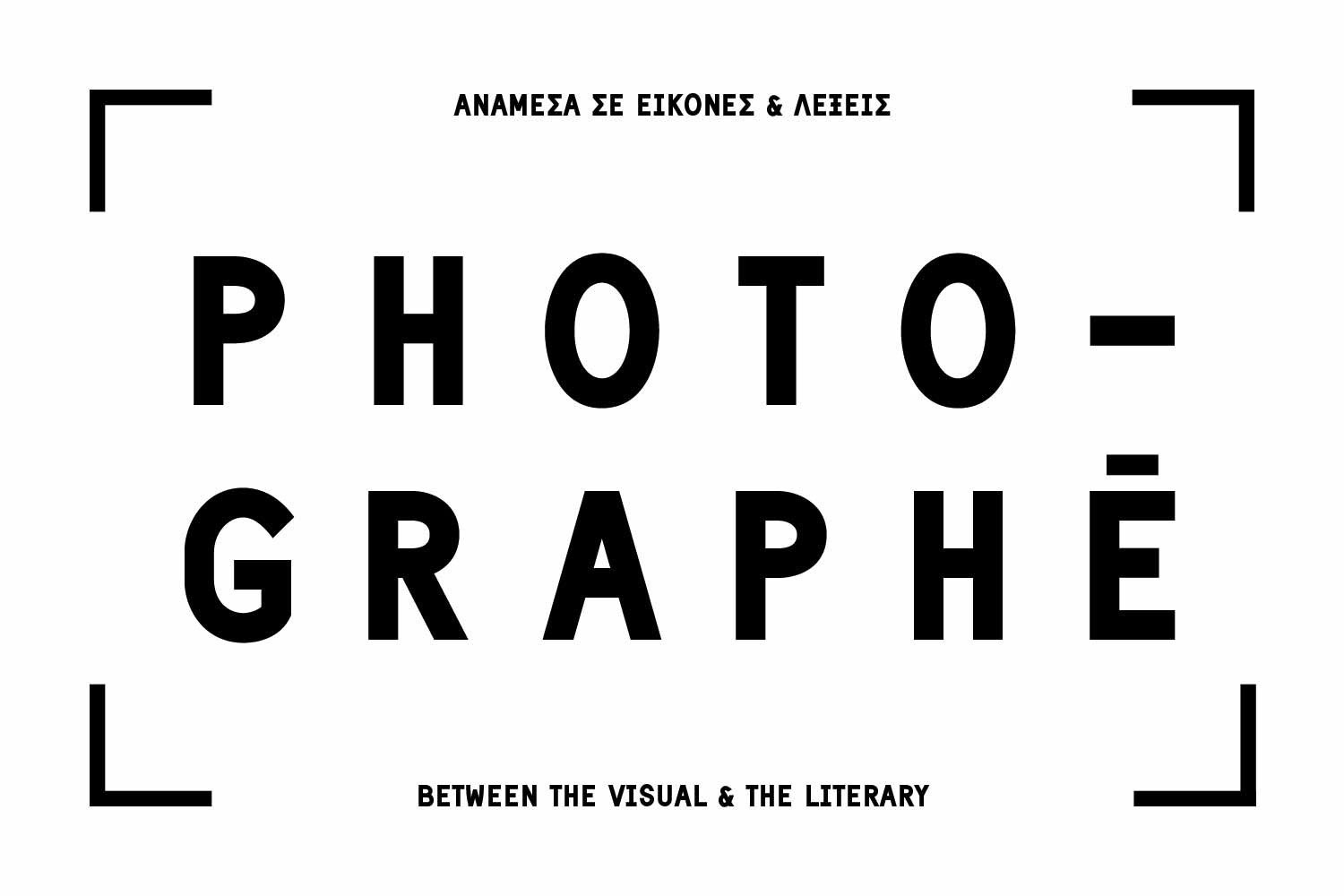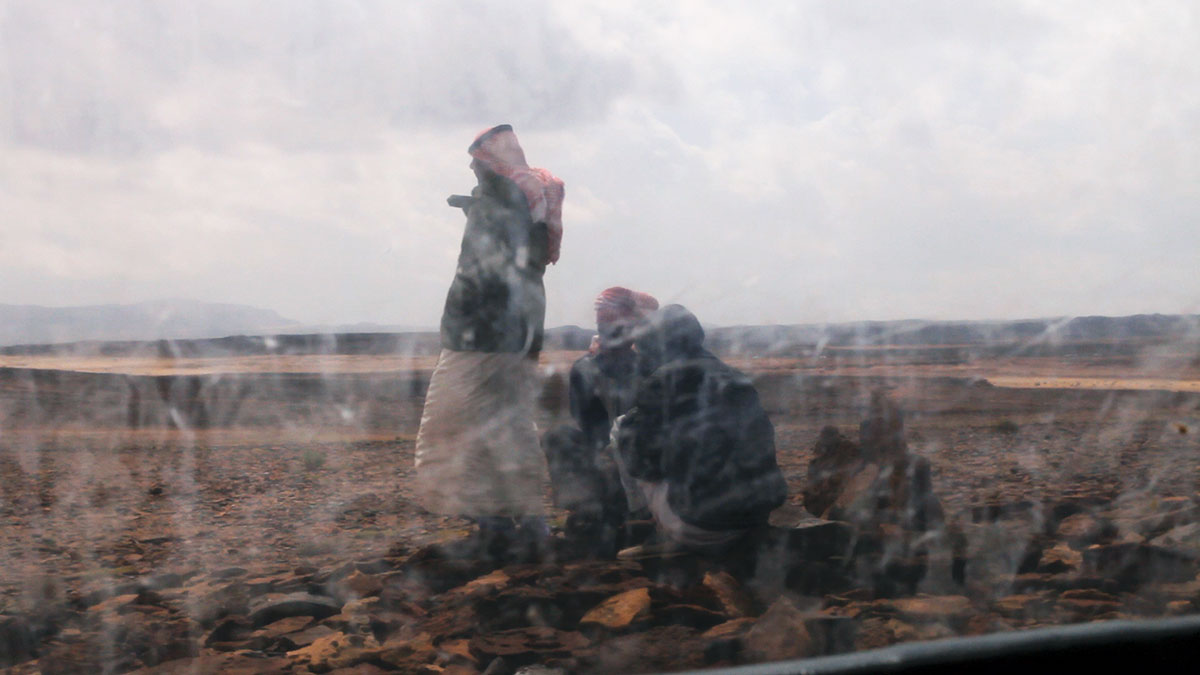
Georgia Kotretsos & Panos Tsagaris - Untitled (2019-2020)
Theorimata II | National Museum of Contemporary Art (EMST)
1 October 2020 – TBA
Within a national context of financial austerity and limitations affecting all cultural development in contemporary art, AICA’s initial call to its members’ participation in the National Museum of Contemporary Art group show with the inclusion of up to three artists and an official lack of budget, was a challenge as well as a distinctive representation of the broader and prevalent condition of disorder affecting the national cultural industry in Greece, and its constituents. Artists and cultural producers, by running the risk of exclusion, are unable to refuse participation in the limited unpaid opportunities available to them, and have therefore rendered a practice of unpaid participation in exhibitions, the norm. A system has therefore been created which ostracizes those demanding their rights and what would otherwise be considered normal. In order to remain true to the notion of the contemporary and to horizontal practices, in combination with the museum’s consistent inability to deliver its role to the contemporary art discourse nationally and internationally as a national institution of contemporary art, a critical collaboration between Georgia Kotretsos and Panos Tsagaris, two artists who have never met before, was proposed as a response. Based on the final announced (un) available budget, within the museum gallery’s offered space, four areas of the wall corresponding to dimensions of existing works by the artists, and covering a total of 5,76m², are painted with high gloss white paint in place of actual works in salon style, removing the content of the existing works to reflect the value of the exhibition’s original production budget, the consequences of the lack of state art funding as well as the actual condition of the institution. Following the end of the exhibition, the work will be donated to the museum together with its legal document and detailing instructions for future installation, as a symbolic product and reminder of the institution’s current state. Within an unused institutional physical context of thousands of square footage, the decision to reduce the work display to the color of the wall, not only underlines the futility of the institution’s dysfunctional circumstance, but is also a silent protest against a historically ill-favored condition.

Benaki Museum, 138 Pireos St.
29 Νοvember 2018 – 5 January 2019
All human knowledge takes the form of interpretation - Walter Benjamin
How can different artistic methodologies of interpretation merge into a unified language of communication able to represent multi-disciplinary narratives of fictional realities embedded in visual truths? How can a static portrayal of ideas resurrect underlying relationships between forms of writing, imagination and personal history? Does the visual agency of the photograph override, enhance or merely complement its literary equivalent? Or are the two perhaps too antagonistic to co-exist? From Foucault’s theories of vision as object of knowledge, to Ranciere’s re-evaluation of the viewer’s participation and experience in the knowledge-making procedure, historical and contemporary theories have attempted to analyze and explain the intricacies of knowledge interpretation, as that is manifested in artistic practices.
Photo-graphē, by employing literature and images as guides to one another, does not only evoke questions on the relationship between viewer, participant and storyteller, but is also able to consider those issues through the lens of inter-disciplinarity, via the interactive experience taking place between the cross-sectioning of their interpretive capacities. From Italo Calvino’s Invisible Cities translated through Marino Tsagkaraki’s hospital interior of Valley 1, to Alexis Stamatis’ Bar Flaubert seen through the lens of Ioanna Sakellaraki’s, Belgian Chateau de la Foret, the visitor is invited to take an interactive journey in a conversation between literature and photography, to explore the correlation between visual and literary narratives, while deciding on the potentiality and limitations of their relationship in relation to knowledge, as well as each other.
Participating artists: Maria Antelman, Dimitra Dede, Yiannis Hadjiaslanis, Stratos Kalafatis, Kostas Kapsianis, Panos Kokkinias, Yiorgos Kordakis, Nikos Markou, Mari Masouridou, Yiorgos Mavropoulos, Maria Mavropoulou, Lia Nalpantidou, Margarita Nikitaki, Kamilo Nollas, Rea Papadopoulou, Paris Petridis, Ioanna Sakellaraki, Georges Salameh, Spyros Staveris, Eftihia Stefanidi, Angela Svoronou, Manolis Tsafos, Marinos Tsagkarakis, Dimitris Tsoublekas, Alexis Vasilikos, Lukas Vasilikos, Nikolas Ventourakis, Eirini Vourloumi.
This exhibition is possible due to the occasion of Kastaniotis Editions’ 50 years anniversary.
Maria Nicolacopoulou

Shadi Habib Allah’s Daga’a (2015), 18min HD video, still
Shadi Habib Allah
Daga’a
24/7 screening
Voukourestiou 37
Athens
20 March – 20 May 2017
A 24h screening intervention of Shadi Habib Allah’s video Daga’a, commissioned for the New Museum Triennial in 2015, is currently on view at the storefront of 37 Voukourestiou Street, in central Athens. Due to the sensitive nature of this project, there is no official opening or predetermined duration of the screening.
A 18min raw portrayal of the current living conditions of Bedouins, as they navigate themselves in the Sinai Peninsula’s desert, becomes a story of remembrance. A once romanticized tradition, this symbolic culture’s present-day marginalized existence is rendered as an emblematic example of the world’s rampant socioeconomic flattening. Their current treatment as second class citizens and their shrinking territory as the Egyptian army tries to tighten its grip on the area, turns some of the Bedouins into heavily armed groups who rely on smuggling as their only form of survival and transaction with the outside world.
Positioned in one of the ubiquitous empty storefronts of the once affluent and thriving, heart of Athens’ city center, the work becomes a nostalgic reminder of vanishing pasts and reminiscent histories that once defined a place, and are now in the mercy of foreign policies and a precarious state of existence. Daga’a is filmed in a non-linear format keeping the identities of the Bedouins protected, by not revealing their faces, which frees it from any anthropological and ethnographic inferences, while keeping it real. Equal to the artist’s concealed presence in the desert, as a smuggled product amongst the various Bedouin networks, this video’s positioning within the urban context, parallels that unwarranted condition as a subtle intervention offering testimony of what was to what is, in terms of ownership, freedom, belonging and control/power. The abrupt filming cuts, further testify to the unexpected element found in living conditions of uncertainty, while the work’s public presence, alerts our conscience to the surrounding locality’s state of existence. Screened on a 24h basis, with no predetermined duration, the open-ended nature of this intervention parallels the fluidity of the Bedouins lives’ precariousness, as that becomes contingent on the locality’s pressures and demands, equal to the storefront’s fate…
The work is also being currently screened at LACE, Los Angeles, as part of the I can call this progress to halt exhibition at the Los Angeles Contemporary Exhibitions (LACE), Los Angeles.
Shadi Habib Allah (1977) was born in Jerusalem and studied in Bezalel Academy of Art (BFA) and Columbia University (MFA). His practice deals with notions on the reconfiguring value of the overlooked through the use of video, sculpture and installation. His work has been commissioned for and/or exhibited at Tate Modern, London, Venice Biennale, Venice, Artists Space, New York, Palais de Tokyo, Paris, Riwaq Biennial, Ramallah, New Museum, New York, Portikus, Frankfurt, Frieze Art Fair, New York, Hammer Museum. Los Angeles, Sharjah Biennial and Art Basel, Basel, amongst others. Habib Allah is the recipient of grants and awards such as the A.M Qattan Foundation’s Young Artists Award and his work has been featured in Artforum, Art Review, Frieze, The New York Times, Flash Art and Mousse amongst others. Lives and works in New York.
We would like to thank Leonida Karayiannis and Sergio Zalmas for their support and assistance.

Be Andr: Uncurated
Scaramouche Gallery, New York
November 9, 2014 - January 11, 2015
A Special Preview of the exhibition will take place on Saturday, November 8, from 11am-6pm, as part of The New Yorker's 9th Annual Passport to the Arts, in partnership with Paddle 8 and Creative Time.
Art practice that seeks a place from which to speak and be heard almost inevitably means dissenting from the prevailing institutionalized language. - Jean Fisher, 1996
With issues of authorship prevalent within the contemporary discourse and the proliferation of curatorial studies degrees flooding the educational component of an industry unable to absorb its constituents, action is called upon to confront this phenomenon. While process-based practices and horizontal formats are dominating contemporary art developments - from artist collectives to institutional programming - borders are collapsing between disciplines, genres and functions, and collaboration is becoming the norm. Can there really be autonomy and identifiable boundaries between roles in artistic practice? How can the cultivation of curatorial power and the star-curator culture continue to remain sustainable within the consistency of its own subversive environment? In order to meet and examine that premise, any intended curatorial authority here is automatically reconsidered. The question then arises, how can I question the role of the curator and curate a show at the same time? Can I un-curate?
To assist this predicament, and to further challenge the power relations of art production, Be Andr's site-specific installation becomes a collaborator in this process by stepping deeper into the issues of authenticity and creative invention. While the format of the gallery's white cube represents the art institution in its entirety, its white canvas aesthetic allows for its incorporation in the work as an element. By borrowing quotes from Boris Groys and other common proverbs, and incorporating the gallery as a reconfigured installation element, Uncurated is a long-term collaborative effort that attempts to transgress and question notions of authority, hierarchy and roles in contemporary practice. - M.N.
Be Andr (1978, Oslo, Norway) lives and works in London, UK. Andr studied Fine Art at The Florence Academy of Art and earned his B.F.A from the Slade School of Fine Art, University of London. He has exhibited internationally most recently with exhibitions at CCA Andratx Art Centre, Spain; Herzliya Museum of Contemporary Art, Israel; Post Box Gallery, London; and Sexauer, Berlin. Later this year, his work will be featured at La Posta Foundation in Valencia, Spain. In 2014, Andr curated Antony Gormley's exhibition Another Time at Mardalsfossen Art Project, Norway and edited the accompanying catalogue. Uncurated marks his first solo exhibition in the United States.